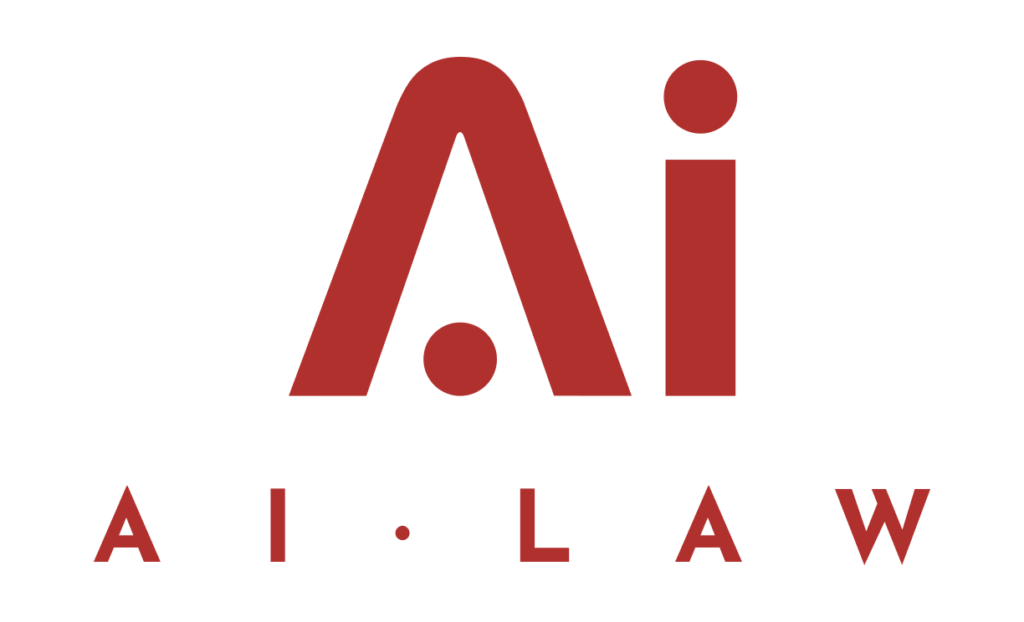Understanding the distinction between shareholders and directors is fundamental for anyone involved with a limited company. Shareholders own the company through their shares, while directors are responsible for running and managing its day-to-day operations. This division of roles is at the core of how limited companies are structured and governed.
Readers often wonder where these responsibilities begin and end, especially when individuals can hold both positions or when their interests do not always perfectly overlap. Clarity on these roles can help avoid confusion and ensure that a company is managed efficiently and transparently.
This blog post will break down the key differences between shareholders and directors, highlighting the unique duties and powers associated with each. Whether someone is starting a business or joining a company, knowing who owns the company and who manages it is crucial.
What Is a Limited Company?
A limited company is a separate legal entity formed under company law, distinct from its owners and managers. It offers defined legal responsibilities, liability protections, and clear governance structures.
Key Characteristics of Limited Companies
Limited companies provide limited liability protection, meaning the personal assets of shareholders are usually protected from business debts. Company shareholders own shares, representing portions of ownership, but are not liable beyond their investment.
A limited company must have at least one director who manages the day-to-day operations. Ownership and management are often divided; directors run the business while shareholders own it. Profits can be distributed to shareholders as dividends, and the company remains responsible for its own debts.
Limited companies are required to file annual accounts, submit confirmation statements, and comply with various statutory duties. There is greater transparency due to required public records at Companies House, including information about directors and shareholders.
Formation and Legal Structure
To form a limited company in the UK, registration with Companies House is required. This involves submitting key documents such as the memorandum and articles of association, a statement of capital, and details of the company’s officers and shareholders.
The legal structure assigns the company status as a separate legal person. This means the company can own assets, enter into contracts, and be sued in its own name.
Private limited companies (Ltd) and public limited companies (PLC) are common forms. Each type has specific regulatory requirements, including minimum capital and public reporting standards for PLCs. These regulations set clear boundaries for operational and ownership roles.
Shareholders and Their Role
Shareholders are central to a limited company, providing the capital and holding ownership rights through their shares. Their involvement centres on financial investment, influence over major decisions, and entitlement to certain company benefits.
Ownership Rights and Responsibilities
A shareholder owns a portion of the company through shares. This ownership grants specific legal rights, including receiving dividends if the company declares them, and a claim on the company’s residual assets if it is wound up.
Shareholders are typically not responsible for the company’s debts beyond the value of their shares. Their financial liability ends with their own investment unless they have given personal guarantees.
Key responsibilities include acting in the company’s best interests during meetings or when approving major changes. They are not usually involved in daily management, as this is the directors’ responsibility.
Types of Shares and Shareholders
Limited companies can issue different types of shares, each with its own rights and restrictions. Common share types include:
| Share Type | Voting Rights | Dividend Entitlement | Other Features |
|---|---|---|---|
| Ordinary | Yes | Yes | Most common, no special rights |
| Preference | Sometimes | Priority | Paid dividends before others |
| Non-voting | No | Yes/Varies | May restrict voting rights |
There are two main categories of shareholders: individuals and corporate entities. In addition, some shares may be held by founders, investors, or employees. Each group may have differing rights based on the share class they hold.
Shareholder Voting and Decision-Making
Shareholders have the right to vote on key company matters, such as amendments to the articles of association, approval of annual accounts, and the appointment or removal of directors.
Votes are usually weighted by the number and type of shares held. For instance, one ordinary share usually equals one vote, but non-voting shares do not carry voting rights.
Some decisions require a simple majority, while others demand a higher threshold, such as a special resolution needing 75% approval. This ensures shareholders have direct influence over important business changes but do not control daily operations.
Directors and Their Duties
Directors handle the company’s daily operations and ensure all decisions align with the business’s best interests. They act as stewards on behalf of shareholders, taking responsibility for compliance with legal and financial regulations.
Appointment and Removal of Directors
Directors are typically appointed by the company’s shareholders in accordance with the articles of association. When establishing a new company, the first directors are named during registration and recorded at Companies House.
If further appointments are needed, the process usually involves a shareholder vote. The company’s memorandum and articles of association set out the precise rules and criteria. Shareholders generally possess the authority to remove a director with an ordinary resolution, provided the correct notice is given.
Directors can also resign voluntarily at any time. Certain disqualifying events—such as bankruptcy, a breach of fiduciary duty, or a court order—may result in automatic removal under company law.
Legal Responsibilities and Liabilities
Directors have a duty to act within their powers, promote the company’s success, exercise independent judgement, and avoid conflicts of interest. Each director must exercise reasonable care, skill, and diligence in their role.
Legal obligations include maintaining accurate financial records, submitting annual accounts, and ensuring proper tax filings. Failure to meet these obligations can result in personal liability, including fines, disqualification, or, in serious cases, criminal prosecution.
Directors are also bound by duties under the Companies Act 2006. These duties exist even if the director is not involved in the daily operations or is unpaid. Negligence or wilful misconduct may hold directors personally liable for the company’s losses.
Directors’ Powers and Limitations
Directors possess the authority to make decisions about the company’s management, including entering contracts, hiring staff, and allocating resources. These powers are defined by the articles of association and relevant legislation.
However, directors cannot act outside the powers granted by the company’s constitution. Certain actions—such as changing company structure, issuing shares, or amending the articles—require shareholder approval.
A director’s authority is subject to oversight. Actions that exceed their legal limitations can be challenged in court or reversed by shareholders. Regular board meetings and transparent record-keeping help ensure directors act within their powers.
Key Differences Between Shareholders and Directors
Shareholders and directors fulfil separate, essential roles in a limited company. Their responsibilities, powers, and decision-making authority differ in structure and impact.
Separation of Ownership and Management
Shareholders are the owners of the company. They invest capital by purchasing shares and may receive dividends based on profits. Shareholdings determine their level of ownership and influence.
Directors are appointed to manage the day-to-day affairs and execute the company’s business strategy. They can be shareholders as well, but their role is managerial rather than ownership-driven.
The structure is designed so that shareholders do not run the company. Instead, they appoint directors and set expectations through voting rights and general meetings but are not directly involved in daily management tasks. This separation ensures accountability and a clear distinction between those who own the company and those who manage it.
Decision-Making Processes
Shareholders and directors hold different decision-making powers.
Shareholders vote on significant company matters, such as the appointment or removal of directors, changes to the company’s constitution, or approval of major transactions. These votes usually take place at the annual general meeting (AGM) or via special resolutions.
Directors, in contrast, make routine operational decisions. They set business policies, authorise contracts, manage employees, and ensure the company complies with its legal obligations. Most board decisions are made through board meetings or written resolutions, often without requiring shareholder input unless the action fundamentally affects shareholder rights or company structure.
This division of powers helps prevent conflicts and ensures decisions are made efficiently and appropriately at different levels.
Implications for Business Operations
The distinction between shareholders and directors shapes how companies operate.
Directors are legally bound by duties, including acting in the best interests of the company and avoiding conflicts of interest. Failure to meet these duties can result in legal consequences.
Shareholders, on the other hand, have limited liability. Their risk is confined to their share investment, and they are not responsible for the company’s debts or day-to-day management.
This dynamic allows companies to raise external investment while maintaining operational control. It also gives confidence to investors who want ownership rights and a share in profits without the administrative burden or operational responsibility of running the company.
Frequently Asked Questions
Directors manage the day-to-day operations of a limited company, while shareholders hold ownership through shares. Their roles, powers, and legal responsibilities are distinct, and the path from shareholder to director involves formal steps set out by company law.
What are the key roles and responsibilities of directors in a limited company?
Directors are responsible for making key management decisions and ensuring the company complies with statutory duties. This includes keeping proper company records, filing accounts, and acting in the company’s best interests. Directors must also avoid conflicts of interest and adhere to the legal duties outlined in the Companies Act 2006.
In what ways do the rights and powers of shareholders differ from those of directors in a private limited company?
Shareholders primarily have rights linked to ownership, such as voting on major company matters, appointing or removing directors, and receiving dividends. Directors, on the other hand, exercise control over the company’s daily activities and policies but do not necessarily have ownership rights unless they also hold shares.
Can one individual serve both as a director and a shareholder within the same limited company?
Yes, an individual can be both a director and a shareholder at the same time. It is common in smaller companies for owners to take on both roles. However, the rights and duties they hold as a director and as a shareholder remain separate.
What are the legal liabilities associated with non-shareholding directors in a limited company?
Non-shareholding directors have the same legal obligations as any other director. They can be held personally liable for failing to meet statutory duties, breaches of directors’ responsibilities, or wrongful or fraudulent trading. Their lack of share ownership does not affect their accountability as company officers.
How does the level of control differ for a shareholder who owns 100% of the shares compared to minority shareholders?
A shareholder who owns 100% of the shares has the authority to make all decisions that require shareholder approval, such as amending the articles or appointing directors. Minority shareholders have limited influence and typically cannot override the decisions of a majority or sole shareholder.
What is required for a shareholder to become a director of a limited company, according to Companies House regulations?
To become a director, a shareholder must be formally appointed by a resolution of the existing directors or shareholders, depending on the company’s articles of association. The appointment must then be recorded and notified to Companies House by submitting the appropriate statutory forms. There are no shareholding requirements to hold a directorship.

